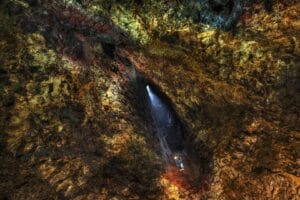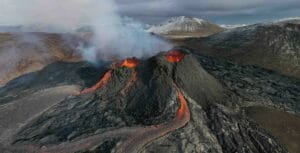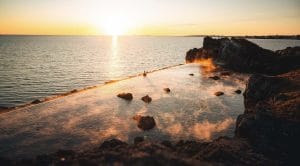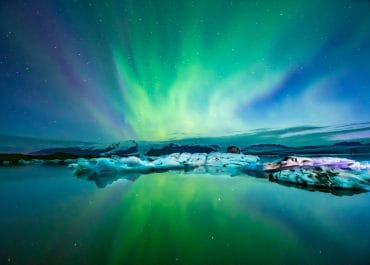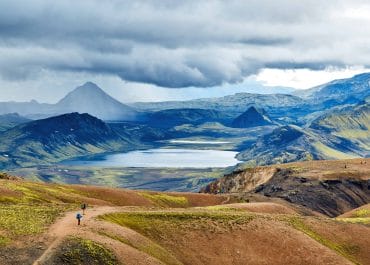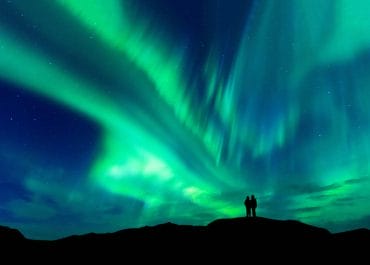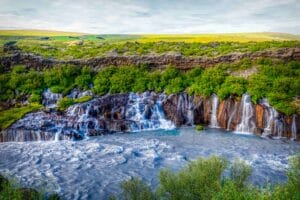Iceland is a country of wonders. Every few meters explorers would find some stunning spectacle. Whether it is scenes from nature or a beautiful heritage building, every nook and corner of the country is filled with charm. While it is pleasing to visit this beautiful country, there are several preparations to be done, especially for those who plan a trip for the first time.
The travelers, planning their first trip to Iceland, need to know many things such as the weather conditions, must-visit places, and much more. Among other things, you might be interested in knowing which dishes to try in Iceland or the places that must not be missed. So check out this beginner’s guide to Iceland to get an answer to your questions.

Some Basic Things
For the first time, things can be a little hazy in a foreign land. You can always overcome difficulties by asking around. Everyone in Iceland speaks good English. When communicating with the locals, it is always fun to know some basic phrases and sentences in Icelandic. Learning phrases “Hello”, “Thank You”, “How much?” or “Where’s the cafe?” can be helpful. There are various translation guides and books that list famous Icelandic phrases, but you can also read some of them in this article on the Icelandic language. They are easily available at airports.
Iceland’s currency is known as the Icelandic Krona or ISK. You do not have to worry about carrying much cash as credit and debit cards are widely accepted in Iceland. Cash conversion is advised if your bank charges you foreign transaction fees.
Getting to Places and Driving in Iceland
The land of fire and ice is a dream destination for many. Tourists come here in large groups as there is so much to discover with family and friends. For a large group, car rentals are preferable. Driving on your own offers you the independence to explore places and spend as much time as you like at your favorite places. You can hire a car from the airport or you can come to the capital Reykjavik and book a car there. The most convenient and cheapest way to reach Reykjavik is to use the FlyBus. The FlyBus operates in connection with all arriving flights and you do not have to worry about your seat. The FlyBus departs from Keflavik Airport around an hour after each flight arrival.
If you have opted for a planned tour from Reykjavik, most tours offer the services to pick you up at one of the many drop-off points throughout the capital city. If you are going for guided day tours on your trip to Iceland, we recommend that you stay in the city center of Reykjavik. All tours have pick up from that area. If you are staying in another towns or in the outskirts of Reykjavik, it might be hard to get a pick up for all the tours. This means that you might have to travel to the city with public transport (Strætó bus) every morning to get a pick up for your guided tour.
- Roads in Iceland: The ring road or road number 1 is the major road of the country. It covers the majority of the coastal area in the country, except the northeast parts, Snæfellsnes Peninsula and the northwest parts known as Westfjords. Though the road is far from smooth, it is paved and expert drivers can drive comfortably for most of the road. You will be reminded of country roads in remote places while driving in Iceland. You would also need special insurance if you are planning to drive off-road or on some of Iceland’s gravel roads. It is not easy to tackle these roads as there are narrow and tight twists & turns to overcome. There are single lane tunnels that require one side of the traffic to stop to let the other side safely pass. It is always recommended for beginners to hire professional drivers for self-driving tours. This ensures the safety and minimizes the risk of road accidents.
You will also come across F-roads, which are mountain and highland roads. Generally, these roads are difficult and rough to drive on. You would need a 4×4 vehicle to cover these highland roads. The good part is all F-roads have display boards, well-marked maps, and signs to guide the visitors. A few F-roads require you to cross rivers to get through. Please note that insurance does not cover any damage caused by water. You must be very careful while crossing a river through a vehicle. Always drive with caution and slowly on the gravel roads of Iceland. Please keep in mind that F-roads are not accessible in winters.
A piece of general advice: Always carry a map and never hesitate to ask anything from the locals. People in Iceland are friendly and welcoming. They are always ready to help the tourists to navigate better. Befriending locals is always helpful, whether you want a recommendation for a place to eat or to find a gas station nearby.
- Public Transports in Iceland: You would find taxis a little expensive in the country. Please note there is no Uber in Iceland. You can use the public bus, especially when traveling around in Reykjavik. There is a convenient app that you can install on your phone to get all the information. Please check schedules carefully as there might be a long wait between buses.

Weather in Iceland
One word that can truly define the weather in Iceland is uncertain. It is an arctic country so you can predict things to an extent, as the temperament is mostly cold. Still, different seasons offer a different vibe for travelers in Iceland.
Summers are loved in Iceland, especially for visiting waterfalls. The long days of bright sunshine are always best to cover long distances and tick off various beautiful spots in a single day. Most places such as museums, restaurants, and bars remain open for a longer duration. It is relatively easy to drive in summers and roads are accessible. You just have to keep in mind that dry summer days mean dusty unpaved roads. Temperatures in summer can differ from 5 to 25-degree Celsius (41-77F). The first-timers may have a little difficulty getting acquainted with the weather in the country but anyone can get used to it in a while.
You will experience higher temperatures on the east side of the country. Northeast Iceland is the coldest. At some places in the highlands, you will find dry and hot days while the nights can be chilly. Fall in Iceland can also be a great experience for beginners. Visitors will see the most dynamic and vibrant colors gracing the landscapes. The weather changes in Iceland can be mesmerizing with light illuminating the places. There are chances to see northern lights during the nights in the fall. A bit of snowfall may take you by surprise. The best part about fall is that most travelers leave around this time so even the big and famous destinations are less crowded, unlike summers. Fall is perfect for you if you do not like too much crowd.
Winters in Iceland have been subject to various debates and discussions. Some people believe that it is amazing to spend time in the country during winters while others think that it is challenging weather. Firstly, it can be difficult to drive around the snow. Secondly, winters are harsh in Iceland. There can be unwarned windstorms and snowstorms. There are chances to find more snow on the north side as compared to the southern side of the country. It is essential to always be updated with the weather news. You also need to be aware locally while traveling around Iceland. There are chances to find snow as early as September and it might stay till May. However, it is most common that the snow starts to arrive in late November/December and stays until March. The region that gets the most snow is the Westfjords. The southern side of the country also sees some snow but it is decreasing with every passing year. If you like fresh snow, winters are ideal for you but make sure that you are fully prepared.
Before leaving, always check the details such as timings of a particular place, irrespective of the weather. Many spots are closed or opened for a short duration in winters.
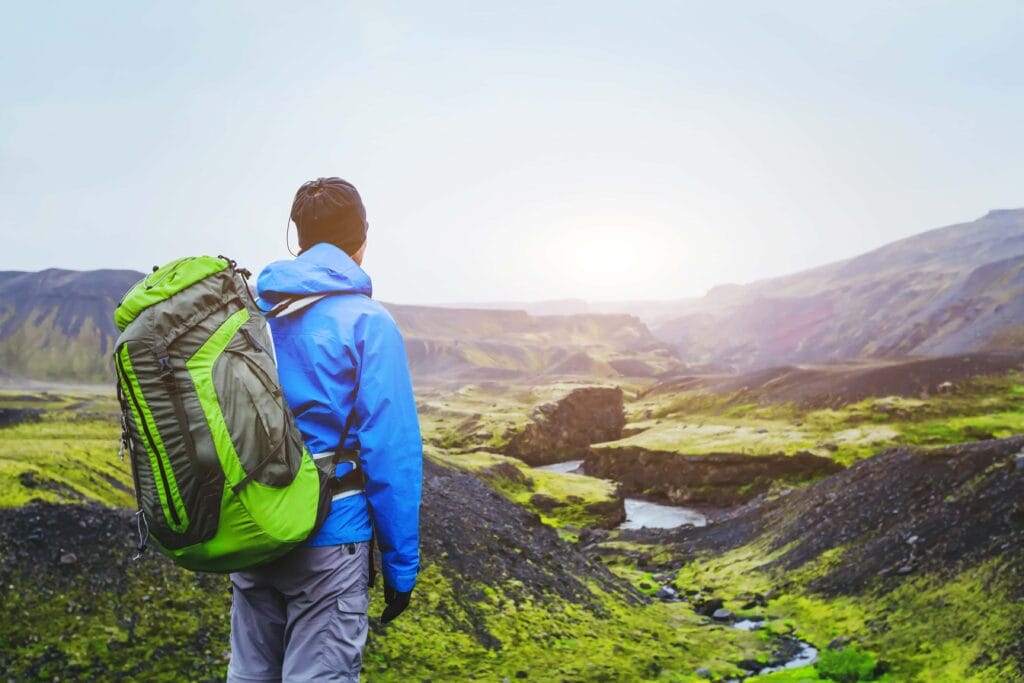
Pack all Your Essentials
Visiting a new destination is always exciting but make sure that your experience stays happening throughout the trip. This is possible only when you are ready with all the essentials.
- Waterproof Clothing: Whenever you visit Iceland, sturdy clothes must be carried. Even summers are chilly as there are cold winds. A line that fits Icelandic weather best is “there is no bad weather, only bad clothing”. Waterproof jackets and gear work best in the mossy areas, around the waterfall where you will experience heavy drizzling.
- Sturdy Shoes: Wearing sturdy footwear is compulsory in Iceland. There are long distances to be covered and that can be challenging without comfortable shoes. Please make sure that you carry an extra pair just to be on the safer side.
- Carry Food and Water: Although you can drink the water anywhere in Iceland, you must carry a bottle. There are long stretches where you will not find any source of water and some remote locations do not even have any shops or stores open. Keep snacks in your backpack to munch on while traveling.
- Gear for Hiking: If you are planning to go on long hikes on your first trip to Iceland, you must have the necessary gear. Get a thick hiking staff which will be helpful for steep paths.
- Keep a Camera: You must take your camera along wherever you go in Iceland. Everything in the country you lay your eyes on is photogenic. You will bring back some amazing memories.
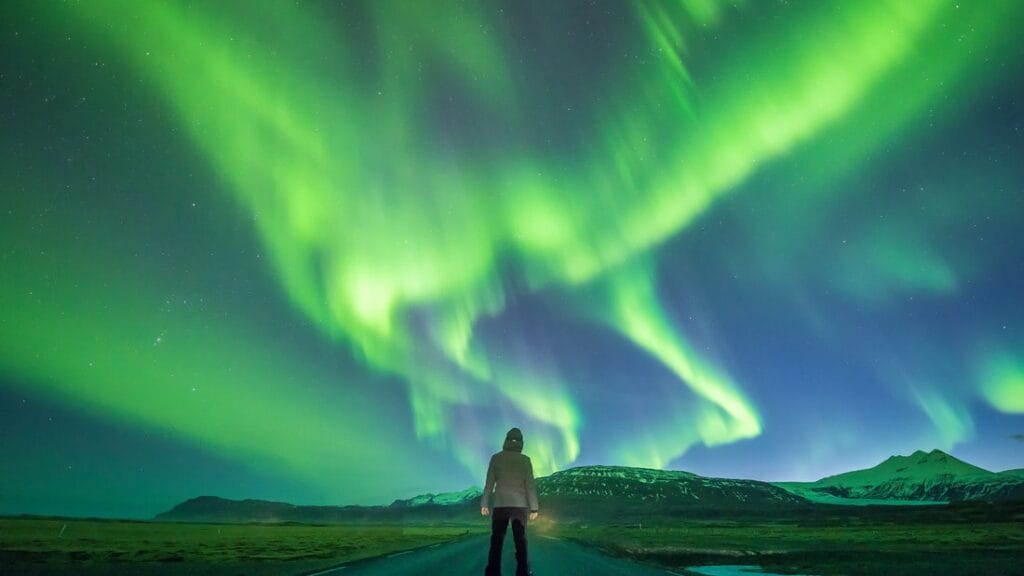
Experience the Magic of Northern Lights
You must have heard about the beautiful Northern Lights. Every bit of the natural phenomenon is worthy. It is a beautiful experience that you can enjoy while exploring amidst the charming landscapes. Explosions that occur on the sun’s surface on a regular interval release a huge amount of charged particles known as sun dust. When the sun’s dust reaches the earth’s atmosphere, it results in light. The phenomenon that takes place in the northern hemisphere, this explains its name. Northern Lights or Aurora Borealis are spotted during the night and are only visible from September to mid April. There are special tours in the country to spot Aurora Borealis. Please note that it is a natural phenomenon that heavily depends on solar activity.
Places that Must not be Missed
You can never get enough of the beautiful sites of Iceland but some places must not be missed. Exploring the capital of Iceland is mandatory. Food, culture, nightlife, and much more are amazing here. If you visit Reykjavik at the time of festivals, you will be captivated by the lively vibe of the bars and restaurants which stay open throughout the night. You can visit the Sun Voyager or ‘Sólfar’, Hallgrímskirkja church, Tjörnin Lake, and various other places.
Another most visited site is the Blue Lagoon. You can relax at the beautiful milky blue hot spring. There is a spa, changing area, and bar around the Blue Lagoon. The Golden Circle Route is for flora and fauna lovers. You can discover raw Icelandic beauty, covering three of Iceland’s renowned natural sites – Þingvellir National Park, Geysir Geothermal Area, and Gullfoss Waterfall. Þingvellir National Park is also a significant historical place.
You can take the southern ring road towards Vik. You will find there two impressive waterfalls on the way, Seljalandsfoss and Skógafoss. The South Coast is for you if you have a deep love for waterfalls.
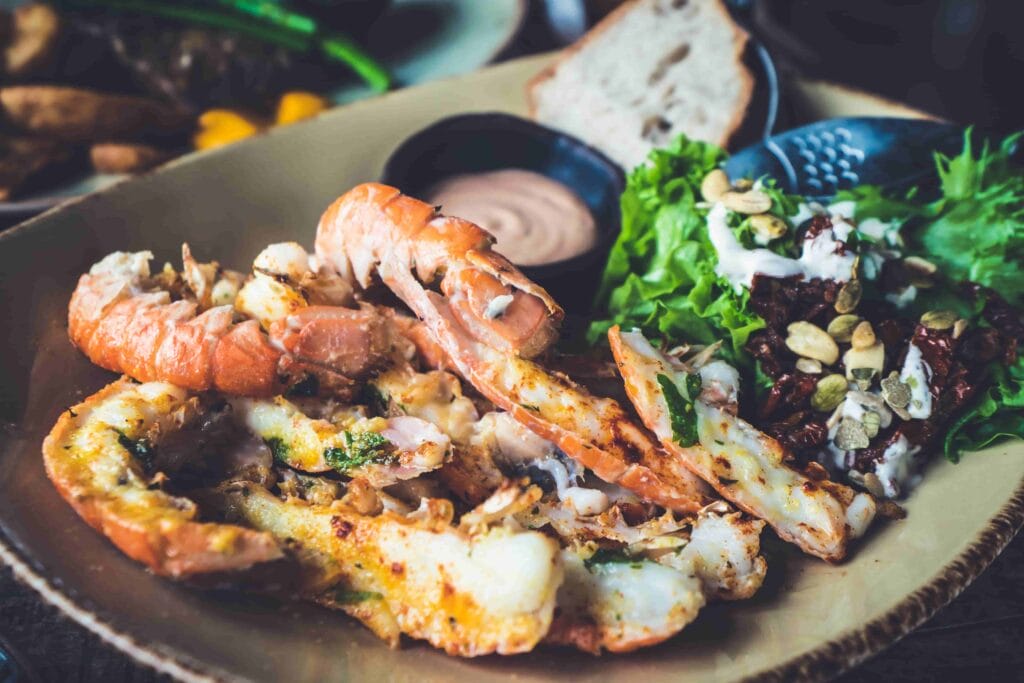
Food In Iceland
Along with everything else, food is another perk offered by Iceland. You have to taste Pylsur, the unique and delicious Icelandic hot dog. It can be tasted on a street stand every few meters. These special hot dogs are prepared with Icelandic lamb.
Other lamb delicacies are also highly recommended. Crispy and fresh delicacies are complemented with fresh and organic ingredients. There are many fish restaurants in Reykjavik. You can treat your taste buds with lip-smacking chips and fish. You will be astonished to know that rotted shark meat is also available in Iceland. You can try lobsters and pizzas cooked from organic ingredients. There are famous breweries that serve freshly-prepared beer.
- Traditional Icelandic food
- Reykjavik Food Walk
Other Things
If you are more interested in knowing the history and the culture of the country, then you should visit heritage buildings and museums. There are many places in the country informing about the rich legacy of Iceland. From Vikings to the arrival of Christianity, there is so much to know about this arctic country.
Cultural programs and music festivals will mesmerize you in Iceland. Those who like to indulge in cultural activities can take part in folk festivals.
You can enjoy ice-cave tours, snorkeling, snowmobiling, and other sports in Iceland. It is a country full of adventures. You just have to make sure that you are fully prepared and have the required training for the sport you wish to take part in.
We hope this article will help every beginner out there know more about our beautiful country. Do not hesitate to contact our local guides if you have any questions or require any help planning your dream trip to Iceland.


